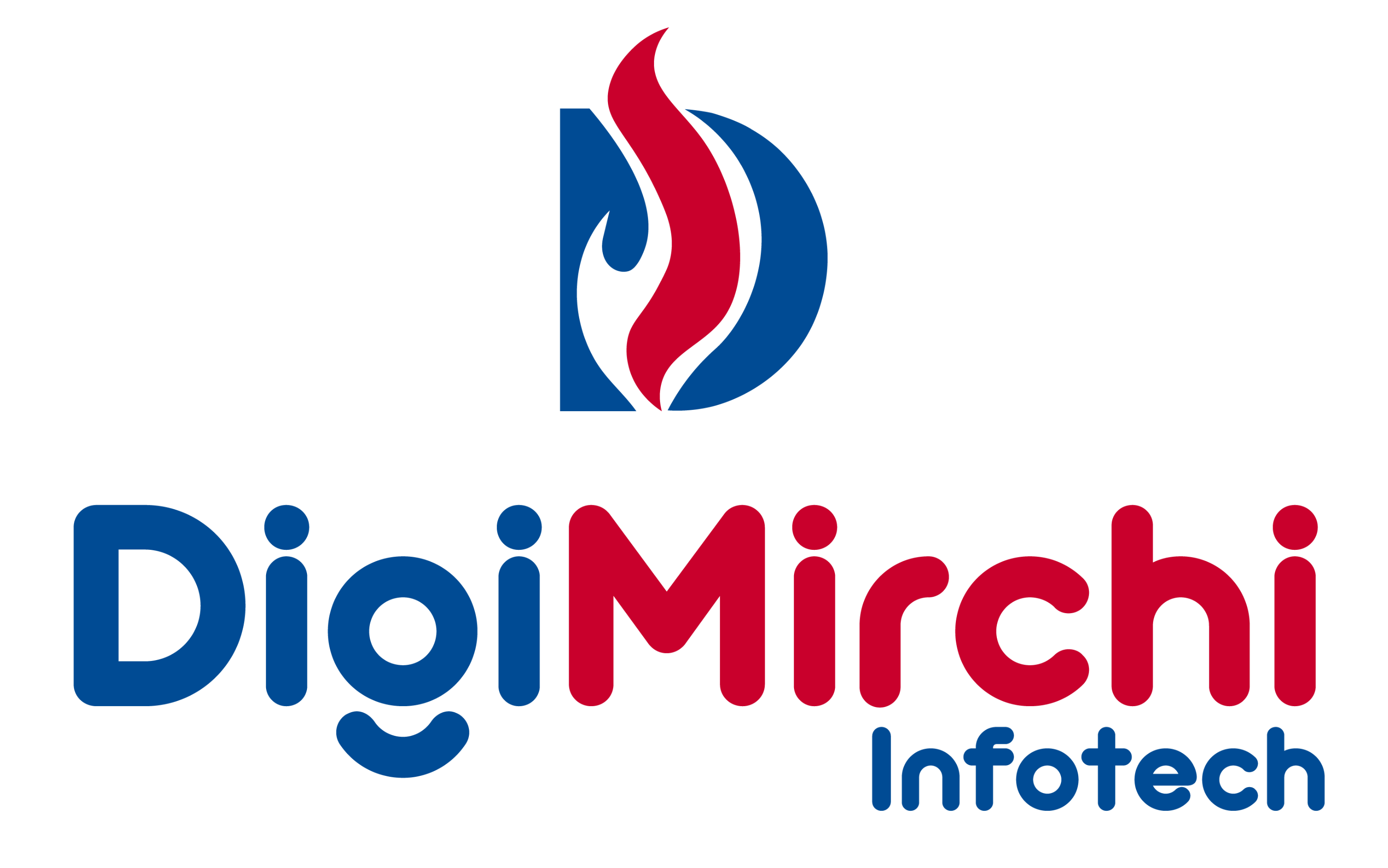Transforming Inventory Management with Odoo
Effective inventory management stands as a critical factor in business success, directly impacting cash flow, customer satisfaction, and operational efficiency. Poor inventory practices lead to stockouts, excess carrying costs, obsolescence, and missed sales opportunities. Odoo's comprehensive inventory management module provides powerful tools to optimize stock levels, streamline warehouse operations, and reduce inventory costs.
This guide explores proven strategies for leveraging Odoo's inventory capabilities to transform your stock management from a cost center into a competitive advantage. We'll cover everything from reordering rules to advanced warehouse configurations, helping you maximize efficiency and profitability.
Intelligent Reordering and Procurement
Automated Reordering Rules: Configure intelligent reordering rules based on minimum and maximum stock levels, lead times, and demand patterns. Odoo's reordering rules automatically generate purchase orders or manufacturing orders when stock falls below defined thresholds, preventing stockouts while avoiding excess inventory. Fine-tune these rules by product category, location, and seasonal demand variations.
Master Production Schedule (MPS): Utilize Odoo's MPS feature to plan production based on demand forecasts and existing inventory. This tool helps balance production capacity with market demand, ensuring optimal stock levels of finished goods. The MPS considers lead times, work center capacity, and material availability to create realistic production schedules.
Demand Forecasting: Leverage historical sales data and trend analysis to predict future demand accurately. Odoo's reporting capabilities enable analysis of sales patterns, seasonality, and growth trends. Use these insights to adjust reordering parameters proactively, reducing the risk of both stockouts and overstock situations.
Advanced Warehouse Operations
Multi-location and Multi-warehouse: Configure multiple warehouses and storage locations within Odoo to reflect your physical infrastructure. Use location hierarchies to organize warehouses by zone, aisle, shelf, and bin. This granular organization enables precise inventory tracking, optimizes picking routes, and facilitates accurate stock counts.
Strategic Route Optimization: Design efficient product routes that define how items move through your warehouse. Configure pick-pack-ship workflows for e-commerce operations, cross-docking for fast-moving items, or drop-shipping for supplier-direct fulfillment. Optimized routes reduce handling time, minimize errors, and accelerate order fulfillment.
Barcode Scanning and Mobile Operations: Implement barcode scanning throughout warehouse operations to improve accuracy and speed. Odoo's mobile-friendly interface enables warehouse staff to receive goods, pick orders, perform stock transfers, and conduct cycle counts using handheld devices. This digitalization eliminates paper-based processes and reduces data entry errors.
Inventory Valuation and Costing
Costing Methods: Select the appropriate inventory valuation method for your business from FIFO (First In, First Out), AVCO (Average Cost), or Standard Cost. Each method affects financial reporting and tax obligations differently. Odoo automatically calculates inventory values based on your chosen method, ensuring accurate financial statements and cost of goods sold calculations.
Landed Cost Management: Account for all costs associated with bringing products to your warehouse by configuring landed costs. Include freight, customs duties, insurance, and handling fees in product costs for accurate profitability analysis. Odoo distributes these costs across products proportionally, providing true inventory values.
Quality Control and Traceability
Lot and Serial Number Tracking: Implement comprehensive traceability using lot numbers for batches or serial numbers for individual items. This capability is essential for industries with regulatory requirements, warranty management, or quality control needs. Odoo tracks products from receipt through sales, enabling complete supply chain visibility.
Quality Check Points: Configure quality control checkpoints at various stages of inventory flow. Set up inspections during goods receipt, production, or before shipping. Define quality criteria, sampling methods, and approval workflows. This systematic approach ensures only quality products reach customers while identifying issues early in the process.
Performance Monitoring and Analytics
Inventory Turnover Analysis: Monitor inventory turnover rates to identify slow-moving and obsolete stock. High turnover indicates efficient inventory management, while low turnover suggests overstocking or demand issues. Use Odoo's reporting to analyze turnover by product, category, or location, making data-driven decisions about purchasing and promotions.
Stock Valuation Reports: Generate comprehensive inventory valuation reports showing current stock value by location, category, or product. These reports provide essential data for financial planning, insurance purposes, and business valuation. Real-time visibility into inventory value helps optimize working capital allocation.
ABC Analysis: Classify inventory items based on their value and consumption patterns. Category A items represent high-value products requiring tight control, while C items are low-value commodities needing minimal oversight. Use this classification to prioritize management efforts, allocate warehouse space efficiently, and optimize counting cycles.
Integration for Enhanced Efficiency
Sales and Inventory Synchronization: Integrate inventory management tightly with sales operations. Configure Odoo to reserve stock automatically upon order confirmation, update inventory levels in real-time across sales channels, and trigger procurement when needed. This integration prevents overselling and ensures accurate delivery promises.
Manufacturing Integration: For manufacturing businesses, connect inventory seamlessly with production planning. Odoo's Bill of Materials (BoM) functionality consumes raw materials automatically during production, tracks work-in-progress inventory, and adds finished goods to stock. This end-to-end integration provides complete visibility into material flow.
Continuous Improvement Strategies
Regular Cycle Counting: Implement perpetual inventory systems through regular cycle counts rather than annual physical inventories. Configure Odoo to schedule counts based on ABC classification, with high-value items counted more frequently. This approach maintains accuracy throughout the year while minimizing business disruption.
Process Refinement: Regularly review inventory KPIs and warehouse processes. Analyze exception reports for stock discrepancies, delayed shipments, or picking errors. Use these insights to refine workflows, update reordering rules, and train staff on best practices.
Expert Inventory Optimization
Optimizing inventory management requires deep understanding of both Odoo's capabilities and best practices in warehouse operations. At DigiMirchi Infotech, our inventory management specialists help businesses configure Odoo to match their unique operational requirements, implement efficient workflows, and establish metrics for continuous improvement.
Whether you're managing a single warehouse or complex multi-location operations, our team provides the expertise to transform your inventory management. We help reduce carrying costs, improve stock accuracy, and enhance customer satisfaction through optimized inventory practices. Contact us to discover how Odoo can revolutionize your inventory operations.







